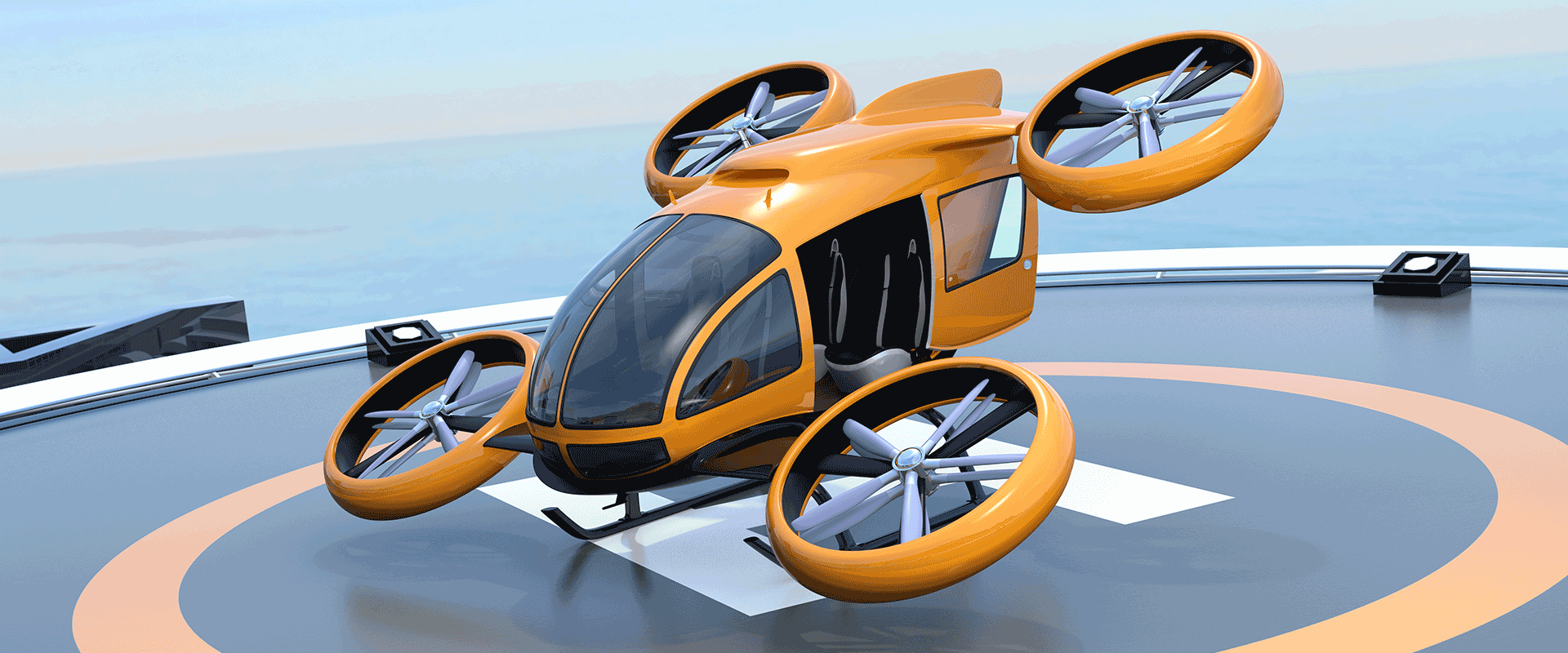AAM could complement and enhance the existing aviation network by providing better connections to airports from key metropolitan locations. Airlines have already started to strategically invest in eVTOLs to extend their control over the passenger journey by offering a better end-to-end experience and capturing additional value. For example, United Airlines plans to shuttle passengers to and from its major airport hubs and has placed a conditional order for US$1 billion of Archer’s aircraft, with an option to buy an additional US$500 million. American Airlines and Virgin Atlantic also recently pre-ordered 250 and 150 vehicles, respectively, from Vertical Aerospace.
eVTOLs could also ease airports’ ground access congestion, enabling a far better passenger experience and fast and reliable connections to and from the airport.
In the early years of eVTOL adoption, when pricing is around US$4/mile, they are likely to be more attractive for airport connections to business class and other affluent travellers. In 2019, 12% of the world’s c. 4.5 billion air travellers flew business class. Assuming eVTOL travel was limited to business travellers in the early stages of going to market, if the average fee charged for the ongoing eVTOL passenger connection service was $75, we estimate the global market size of the segment would be at least $40 billion.
Furthermore, eVTOLs could also become a credible alternative for very short-haul routes, for example Tallinn to Helsinki in Finland, a route flown by Finnair that otherwise takes a four-hour ferry or eight-hour car journey, or Brisbane to the Gold Coast in Australia, which is a one-hour-plus car ride.
At launch, eVTOLs are expected to be at least 50% cheaper to operate than helicopters on a per kilometre basis.1 As AAM matures and operating costs decrease, eVTOLs will become even more competitive with helicopters. Over time, AAM has the potential to take most, if not all, market share from short and mid-range distance helicopters, potentially accelerating the changeover of existing helicopter stock.




